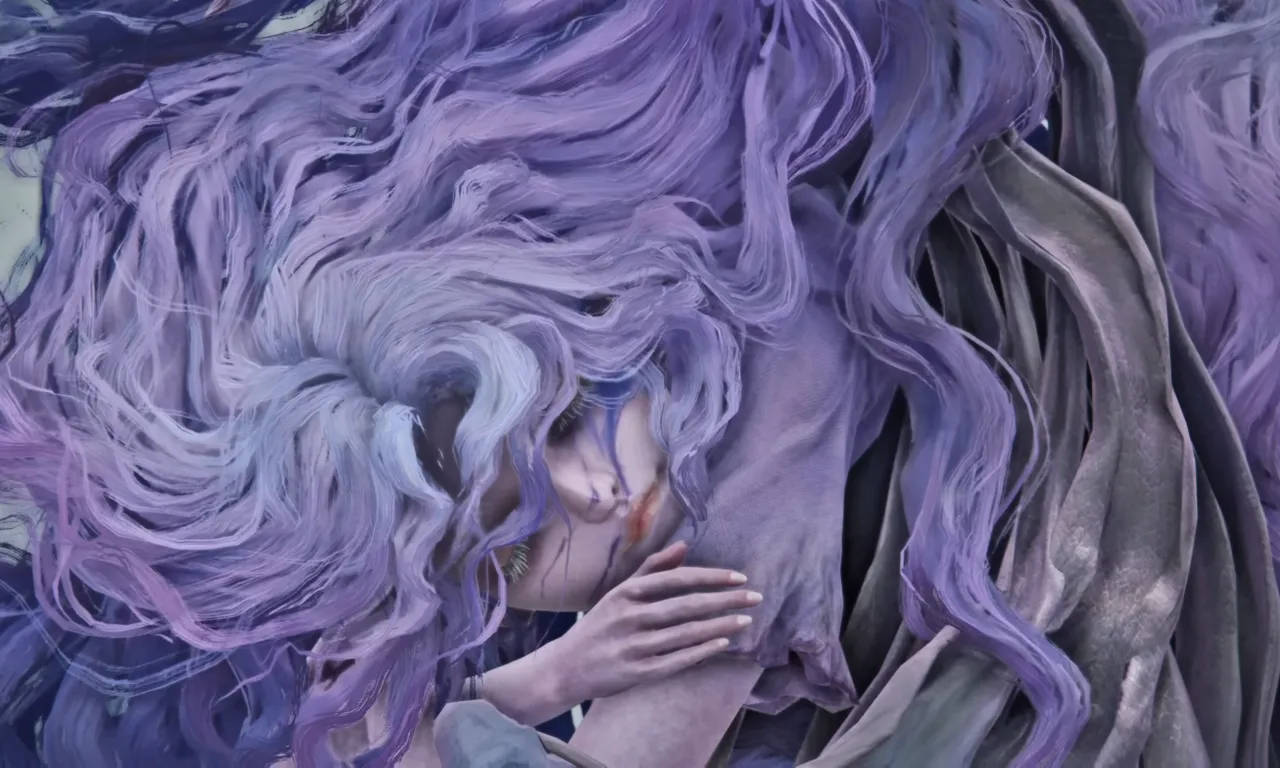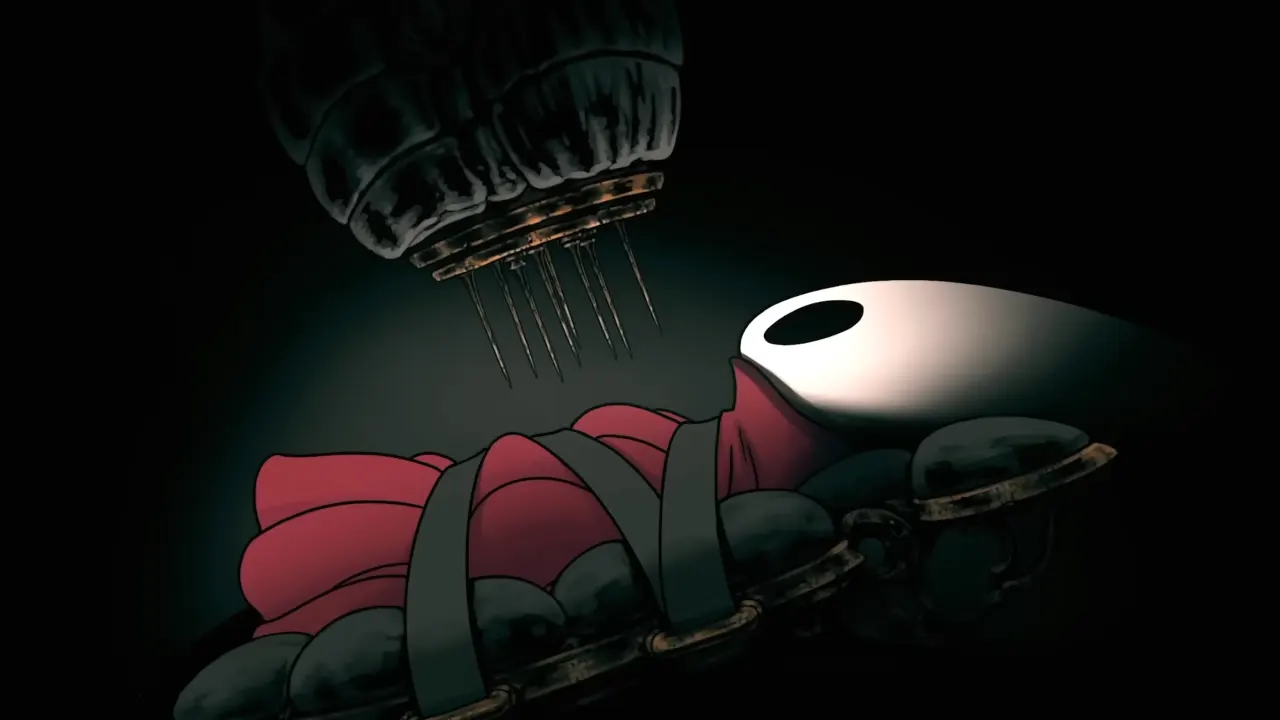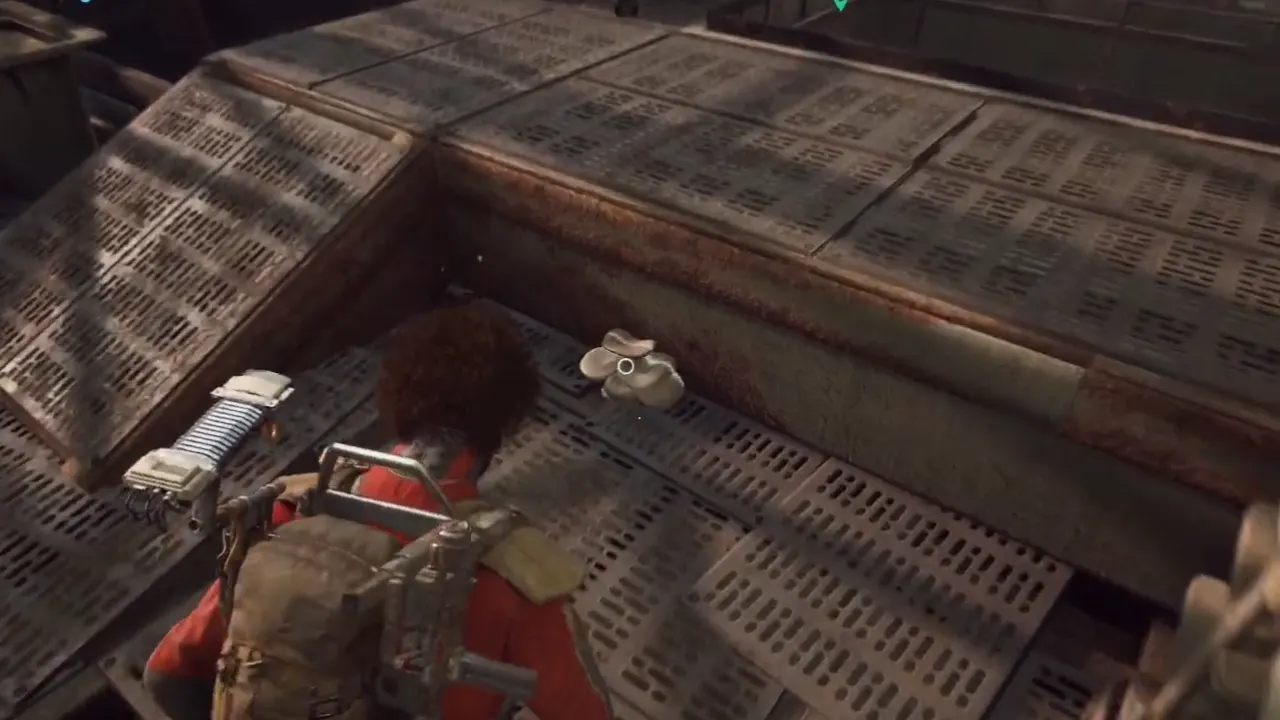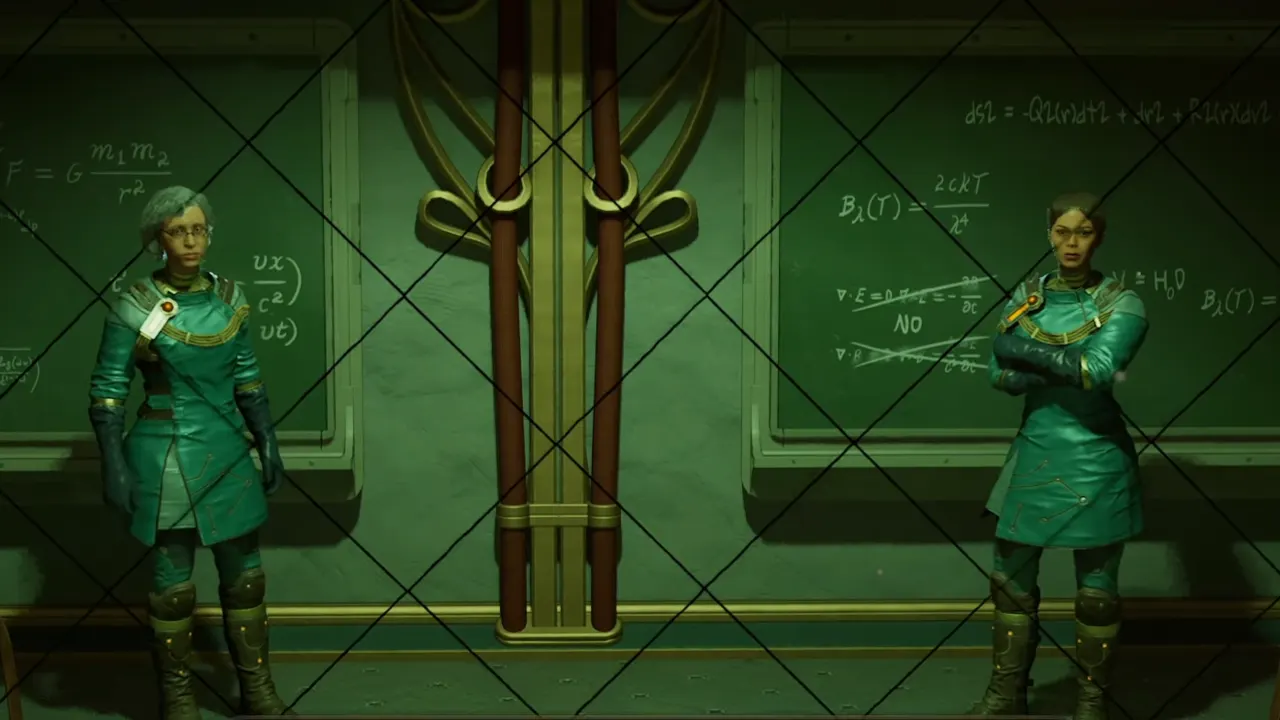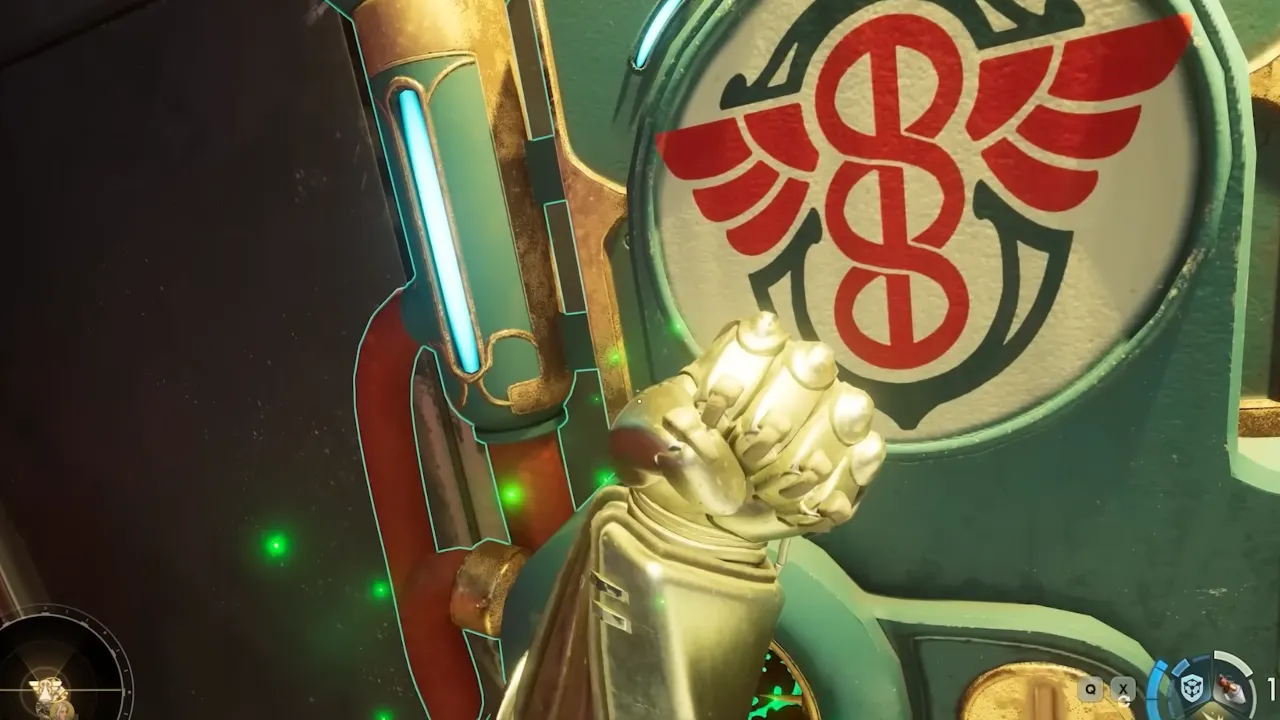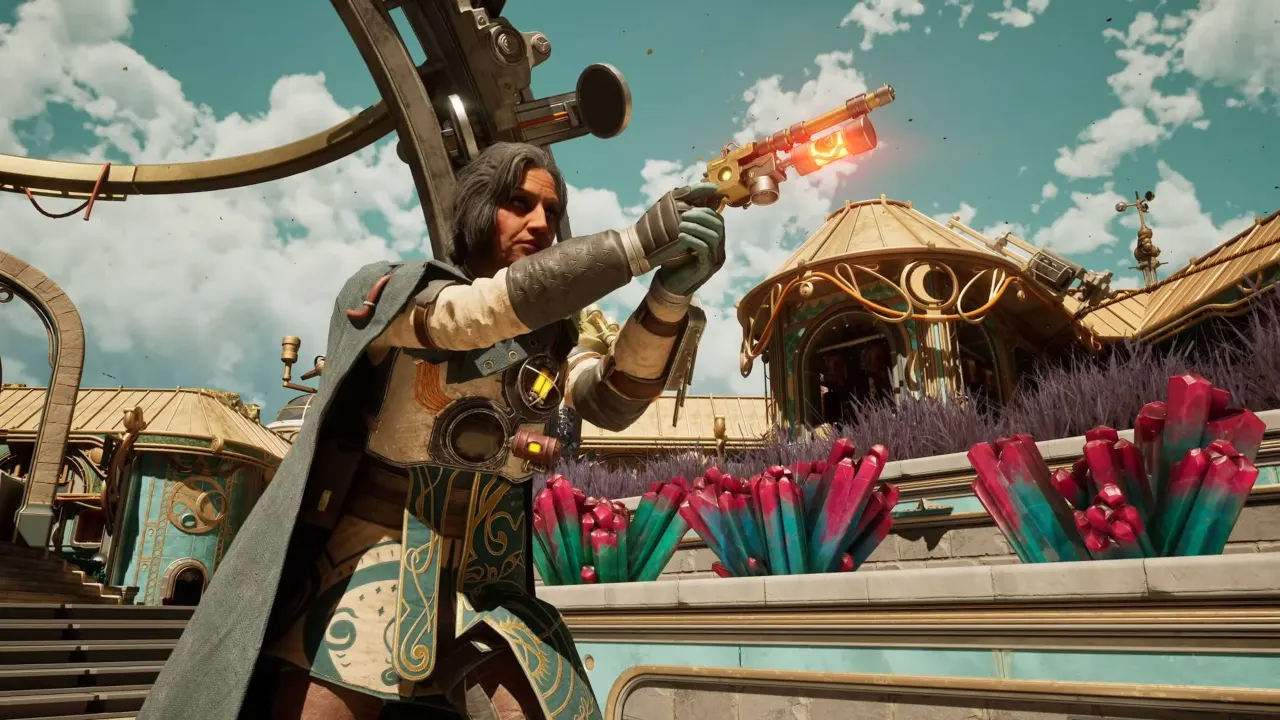In Elden Ring, it’s easy to get swept up in the lore, especially when a character like St. Trina comes into play. If you’ve explored the latest Shadow of the Erdtree DLC, you’ve probably encountered the Lands Between’s previously mysterious figure and wondered, “Who exactly is St. Trina, and what role do they play in the Lands of Shadows?” She’s deeply connected to Miquella, one of the most intriguing characters in Elden Ring. Deep within the Coffin Fissure, with strong protection, St. Trina had raised the curiosity in the main game but by appearing here in the new DLC, the details about her identity have been cleared which have confused the players before.
St. Trina in Elden Ring: Shadow of the Erdtree
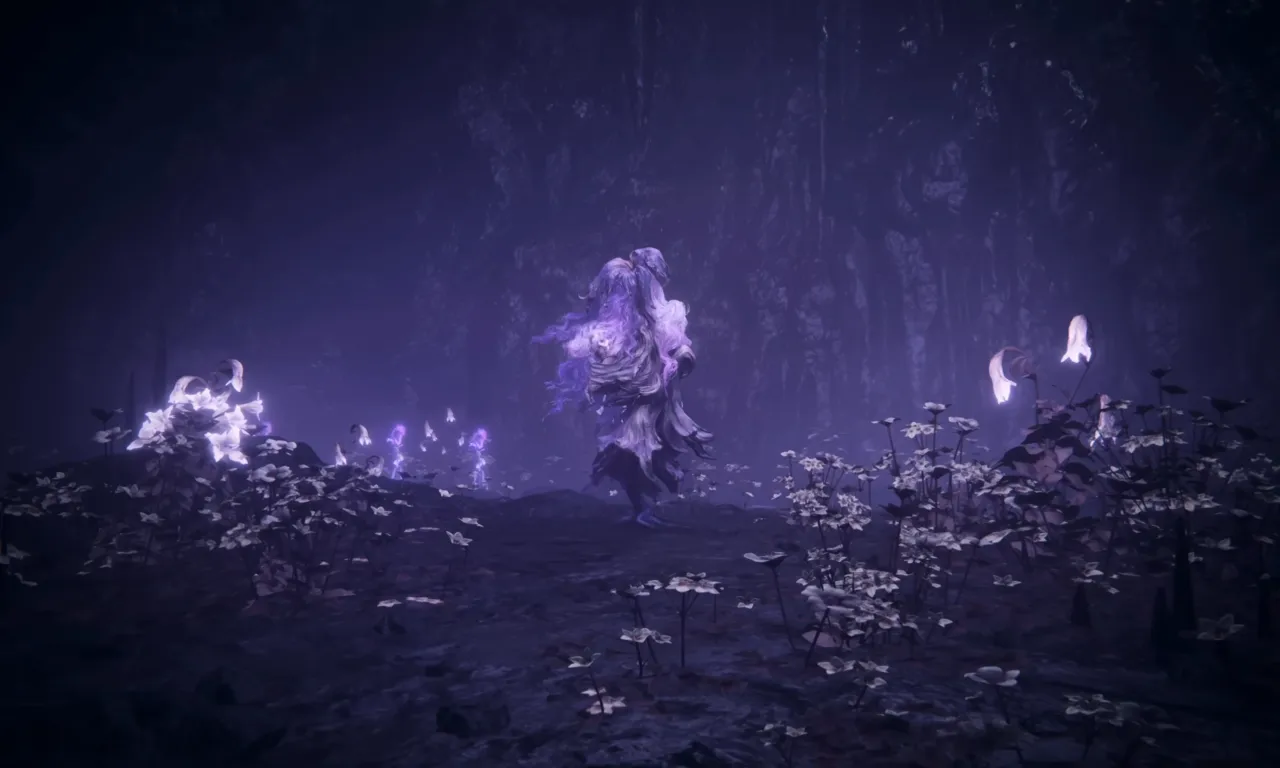
Her appearance is one of the first things that grabs your attention when you find her in the Shadow of the Erdtree. She has an ethereal, almost otherworldly look that’s hard to forget – a small, delicate character in a large purple flower. You can only see her face and one hand and everything else is filled with purple. She’s in a simple, flowing dress and it almost seems as if she’s a part of the flower itself, blending in with the surroundings.
To clear things up, St. Trina is a part of Miquella, which explains why she looks so youthful—Miquella’s curse keeps her in a state of perpetual youth. But it’s not just her childlike appearance that’s noteworthy. She’s portrayed as an adult in a few places, in The Lands Between, and I can assure you that those renderings are anything from consoling—something is disconcerting about seeing her in that capacity, almost as if it’s not quite right, which just contributes to the mystery around her.
Since St. Trina’s presence in Elden Ring with only limited information, there have been a lot of discussions about her true gender. Some items in the game hint that she might be male, while others suggest she’s female. It’s the classic mysteries FromSoftware loves to add in its games that keep players guessing. Is St. Trina a boy or a girl? Maybe she’s a bit of both, or maybe she transcends gender altogether.
Related:
- How to Get to Shaman Village in Elden Ring: Shadow of the Erdtree
- Elden Ring Shadow of the Erdtree: How to Get the Bloodfiend’s Arm
What Actually is the Real Identity of St. Trina in Elden Ring?
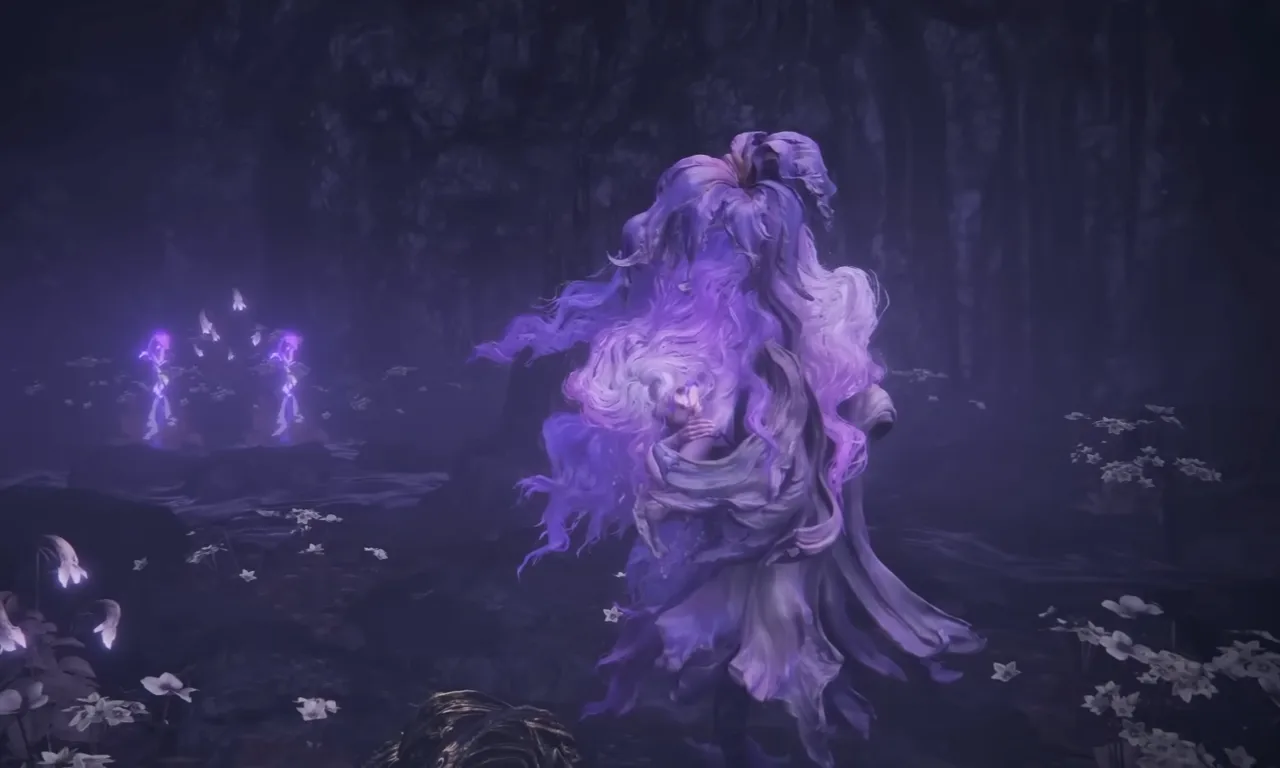
In Elden Ring: Shadow of the Erdtree, you might have picked up on some hints that St. Trina and Miquella are the same person—the part he abandoned on his journey to becoming a god. Miquella is on an intense quest for godhood. But in the process, he sheds pieces of himself, almost like he’s trimming away anything that might hold him back. One of those pieces is St. Trina, which represents Miquella’s capacity for love and compassion. Essentially, she’s the soft side of him, the side that cares deeply—something Miquella felt he had to abandon to achieve his ultimate goal.
There are some pretty solid clues in the game that point to this. If you’ve come across Miquella’s Cross on the Cerulean Coast, you might remember it mentioning that Miquella removed his doubt and vacillation. And at the Coffin Fissure, you’ll have confirmation after reading the cross there that states, “I abandon here my love.” To make it more evident, just after passing the cross is where St. Trina can be found.
To add more weight to this theory, it can also be confirmed by the new character in the DLC named Thiollier. She had some followers in Elden Ring, and Thiollier is one of them who came to Lands of Shadows after St. Trina.
It’s not the first case of mysterious identity. In the old case, Marika, the goddess had her other part Radagon. So, it seems like this splitting is something of a godly trait—or maybe it’s even necessary for becoming a god. Miquella’s journey to godhood involved him cutting away his emotions, fears, and, yes, even his body, to transcend his mortal form. St. Trina is just one piece of that puzzle, representing the love that Miquella thought he needed to leave behind.
- Related: How to Get Past the Abyssal Woods & Beat Madness Enemies in Elden Ring: Shadow of the Erdtree
What is the Role of St. Trina in Elden Ring: Shadow of the Erdtree?
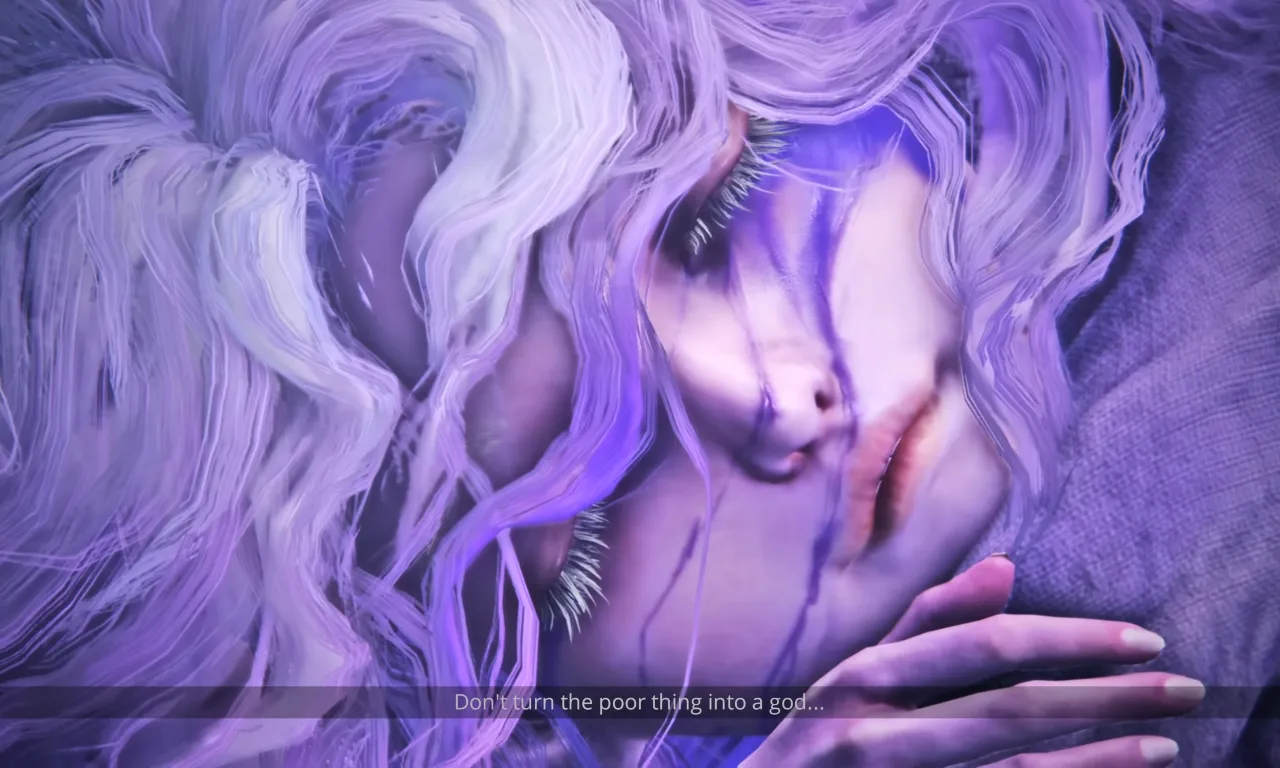
St. Trina might seem gentle and peaceful on the surface, but her powers are anything but ordinary. First, St. Trina is all about dreams and sleep. She appears in the dreams of her followers and gives them the gift of restful, peaceful sleep. But her powers aren’t only about putting people to sleep, these can be downright dangerous. St. Trina produces the nectar that’s said to put her followers into a deep, almost blissful sleep. Many of them affected by this nectar will forever go to sleep so it’s very intense and dangerous.
But it doesn’t stop here, the powers she got in the Land of Shadows are even more deadly. In the DLC, she gains the ability to induce Eternal Sleep, which is as ominous as it sounds. This is the kind of sleep you don’t come back from—ever. Even Thiollier will go to sleep after drinking this nectar. In Elden Ring, almost all the items related to this character tie back to her powers of oversleeping. Take Trina’s Lily, for example—this flower is used to craft Sleepbone Arrows and sleep pots, both of which can cause enemies to drift off into a deep slumber. There is also the Sword of St. Trina, which is also the source of sleep buildup and the Velvet Sword of St. Trina will result in Eternal Sleep buildup.
Despite all this power, St. Trina isn’t some malevolent force looking to wreak havoc. She’s still part of Miquella that’s full of love and compassion. In fact, she cares so much for Miquella even if he abandoned her. When you meet her after defeating the Putrescent Knight, she tells you to kill Miquella—not out of malice, but because she believes godhood would be the prison that would trap him, chaining him down with responsibilities and expectations that would crush his spirit. So, while St. Trina’s powers are impressive and even a little scary, they’re rooted in her love and concern for Miquella. She’s a tragic figure, caught between her love for Miquella and the harsh realities of the world they inhabit.

